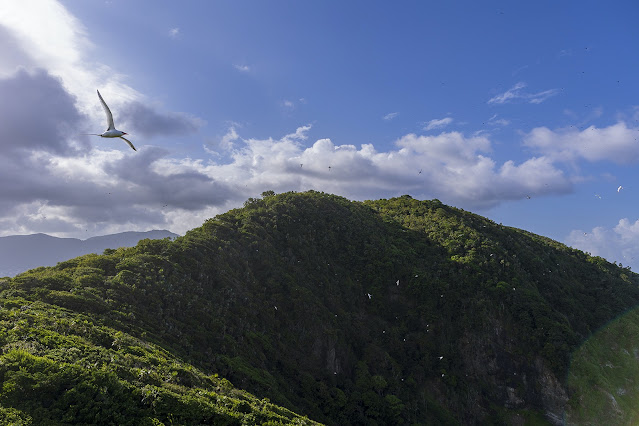Carnivals of the Sea

From time to time, bandleaders have been inspired by and chosen to represent themes of the sea. Irving “Mac” McWilliams who was a fisherman at Las Cuevas created Wonders of Buccoo Reef to win the Band of the Year title in 1971. Peter Minshall’s Carnival of the Sea was the Band of the Year in 1979. Individual portrayals have dramatised sea creatures as giant, fearsome, awe-inspiring. Anjani Ganase, marine biologist, comments on some spectacular sea mas from the past. Peter Minshall presented a Carnival of the Sea in 1979 and won the Band of the Year prize. His performance section was called Sea Serpent. Individually, the costumes encouraged sinuous movements. Together, the section created and moved in conga lines. Although sea snakes are not found on coral reefs in the Caribbean, their presence in the Indian and Pacific Oceans is regarded with fondness. They are visual wonders underwater. While sea snakes are highly venomous, they are not aggressive. There ...

.jpg)
